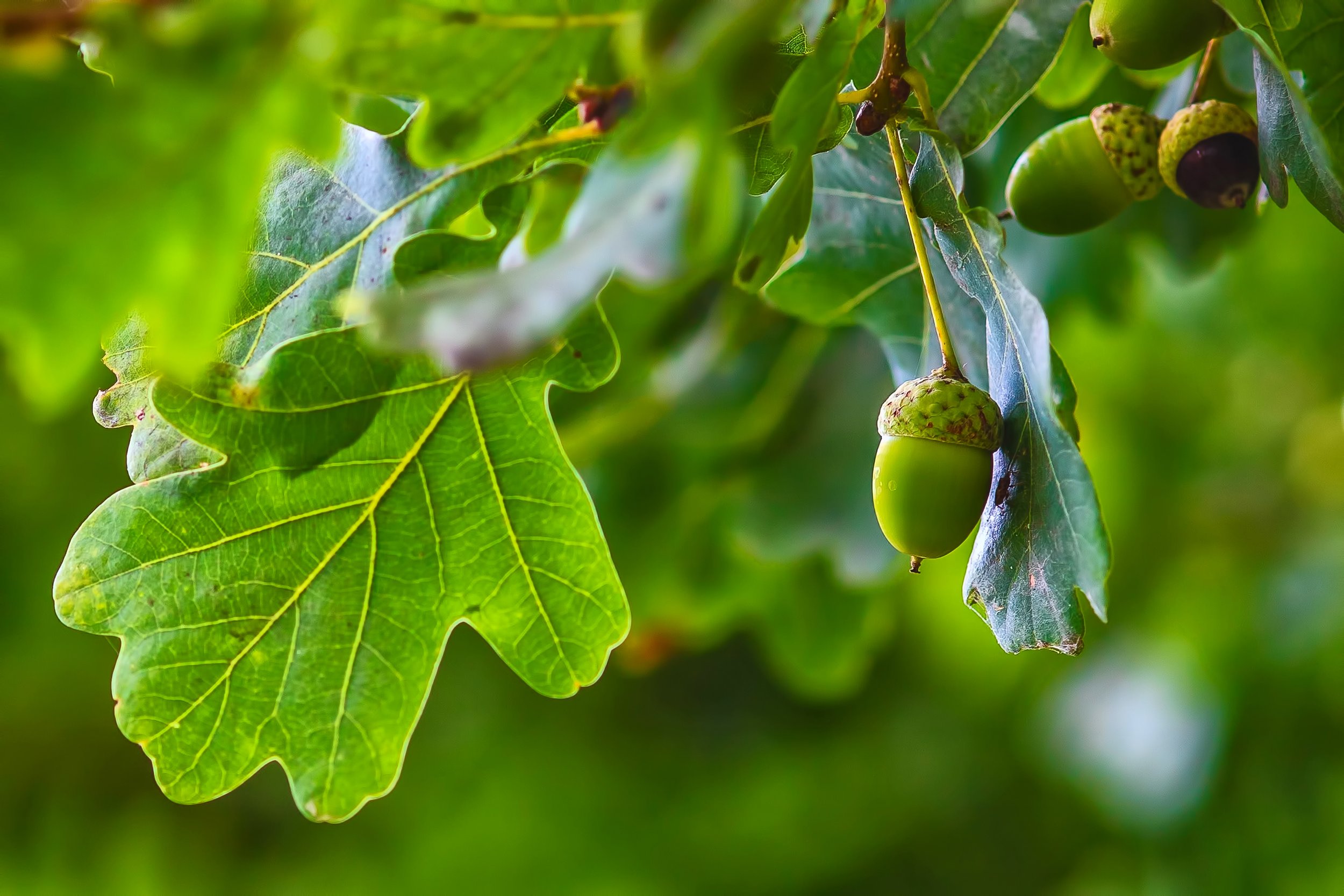
Championing Conservation
in Ela Township, Since 2014
The Ancient Oaks Foundation is dedicated to preserving the natural areas around Ela Township through education, volunteerism, long-term planning, and supportive funding.
We’re a grassroots organization focused on the conservation of our local natural areas.
Our Vision
An ecologically healthy local community with thriving oak woodlands and other natural areas which are enjoyable to visit, easy to maintain, and preserved for future generations.
Our Mission
We are dedicated to the preservation of our local areas’ oak woodlands and natural areas through education, volunteerism, supportive funding and long-term planning. We are a grass-roots group of area residents who love nature and want to save and enhance area oak woodlands and natural areas for future generations to enjoy.
Our Goals
Restore and preserve natural areas by decreasing invasive species and reintroducing native vegetation.
Educate the community on the care of natural areas and the benefits for future generations.
Encourage community involvement through activities, volunteerism and AOF membership or sponsorship.
Develop sustainable, long term plans for the care of natural areas.
Get involved!
Events
Our events are designed to educate residents, both kids and adults, on nature in our surrounding areas.
Donate
Individuals, families, and corporations see the value in preserving our natural areas.
Volunteer
We love our volunteers! Discover all the ways you can support the Ancient Oaks Foundation.
Buckthorn Bounty 💸
Earn money by removing Buckthorn from your property.
We need you! We’re paying citizens to help protect the local ecosystem by removing the invasive species Buckthorn (rhamnus cathartica) from their private properties. Sign up is free!
Business Sponsors



























